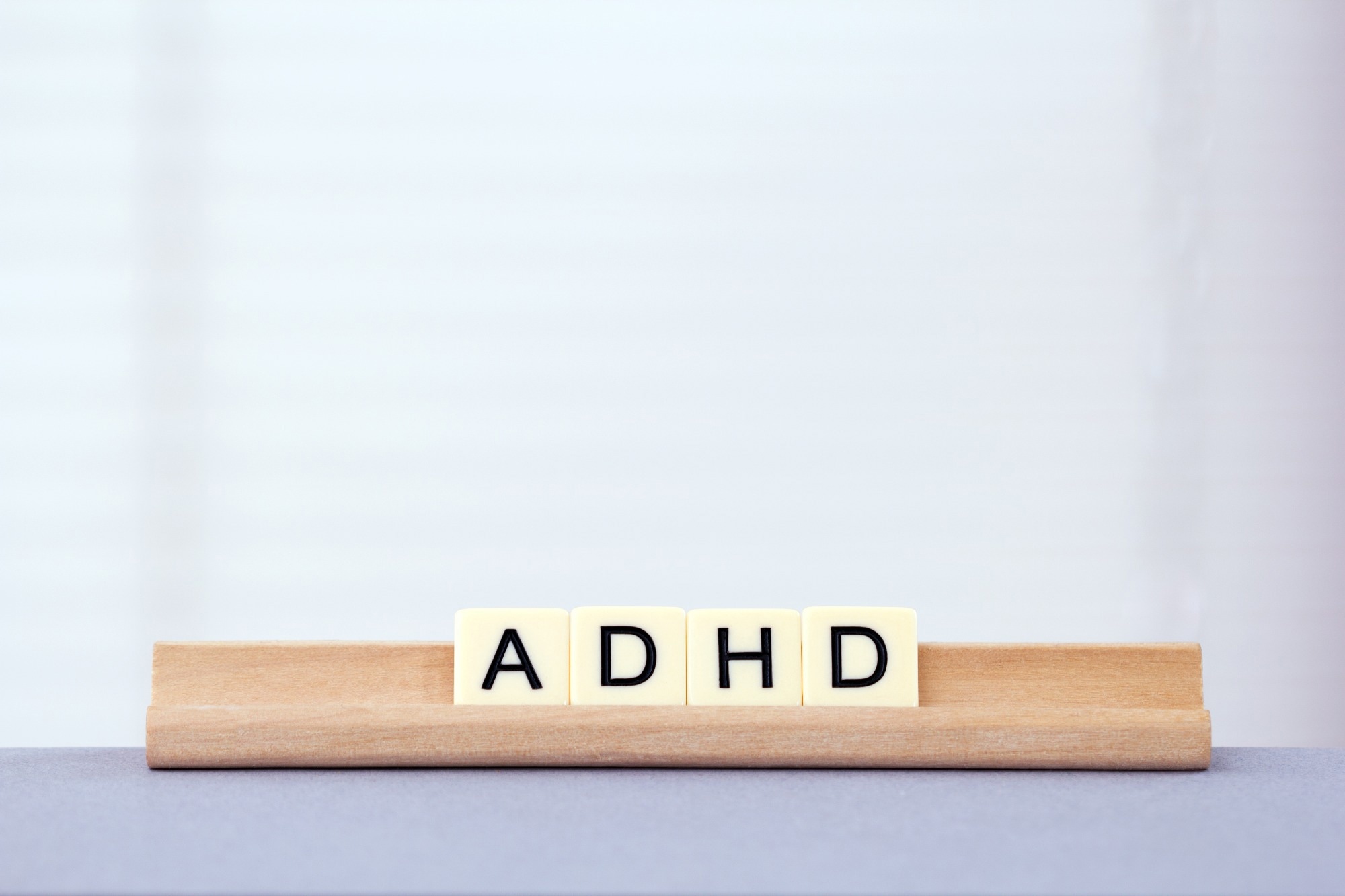Scientists at the University of Michigan have developed machine learning models to predict childhood attention-deficit hyperactivity (ADHD) disorder symptoms from neurocognitive testing and child characteristics.
The study is published in the Translational Psychiatry Journal.
 Study: Generalizable prediction of childhood ADHD symptoms from neurocognitive testing and youth characteristics. Image Credit: Ahlapot/Shutterstock.com
Study: Generalizable prediction of childhood ADHD symptoms from neurocognitive testing and youth characteristics. Image Credit: Ahlapot/Shutterstock.com
Background
Attention-deficit hyperactivity disorder (ADHD) is a childhood psychiatric complication characterized by difficulty focusing, disorganization, impulsive behaviors, and excessive movement in an inappropriate context.
The disorder is associated with many negative outcomes in youth, including poor academic performance, substance use and externalizing behaviors, and persistent financial crisis.
Impaired neurocognitive development is the main causative factor for childhood ADHD symptoms. However, evidence suggests that neurocognitive measures cannot distinguish between individuals with ADHD and accurately characterize or predict ADHD phenotype.
In the current study, scientists have developed and validated generalizable machine learning models to predict trait ADHD symptoms in independent data using neurocognitive testing and child characteristics.
Study design
Scientists collected the Adolescent Brain Cognitive Development Study (ABCD) data to develop predictive models.
The ABCD study is a large-scale longitudinal consortium study that enrolled over 10,000 children aged nine – 10 years from 21 different sites in the United States. A vast amount of data from diverse US communities makes the ABCD study a valuable resource for developing generalizable predictive models for ADHD symptoms in youth.
Baseline demographic and biometric measures, geocoded neighborhood data, youth reports of child and family characteristics, and neurocognitive measures were included in the models to predict parent- and teacher-reported ADHD symptoms at the 1-year and 2-year follow-up time points.
Two modeling strategies were used in the study. A comprehensive predictive modeling method was used to estimate the predictive value of individual characteristics regardless of their possible redundancy. In addition, a sparse predictive modeling method was used to develop more economical models.
All study models were trained using leave-one-site-out cross-validation to determine their generalizability.
For each left-out study site, the data from all other sites were used to train the models, which were then used to generate predicted values for the ADHD symptoms score in both the training and left-out data.
Important observations
The study models predicted mostly consistent ADHD symptoms across all study sites at the one-year time point. On average, both comprehensive and sparse modeling methods generated identical predictions of ADHD symptoms at this time point.
For study sites left out of the model-fitting process, predictive models explained 15 – 20% and 12 – 13% of individual variations in ADHD symptoms at the one-year and two-year time points, respectively. These observations indicate that the models are highly generalizable to independent (unseen) data.
The analysis of each tested characteristic's degree of predictive information revealed a significant negative predictive correlation between neurocognitive indices (reasoning, memory, verbal ability, processing speed, and cognitive efficiency) and ADHD symptoms.
Among child-reported characteristics, higher levels of impulsive behaviors, screen time, and family conflict and lower levels of parental monitoring and school engagement showed the highest predictive efficacy for ADHD symptoms.
Among demographic and geocoded characteristics, male sex and neighborhood poverty showed the highest predictive efficacy.
The sparse predictive modeling method application identified 13 characteristics from multiple domains contributing significantly to symptom prediction.
These characteristics included sex, neurocognitive measures, screen time, parental monitoring, and child-reported impulsive behaviors.
The results obtained from predictive models that separately included or excluded neurocognitive, child self-report, and demographic data revealed that neurocognitive testing can significantly increase the predictive power of these models.
The models showed a significant loss of predictive power when transferred from the training data to the left-out data. The reduction in efficacy was more prominent at the two-year time point.
However, cognitive measures, self-reported impulsive behaviors, sex, and screen time remained the most significant predictive characteristics in these models.
Study significance
The study reveals that machine learning models can use neurocognitive data, demographic data (sex), self-reported impulsive behavior, and screen time as vital features to predict childhood ADHD symptoms that generalize to unseen data from diverse samples.